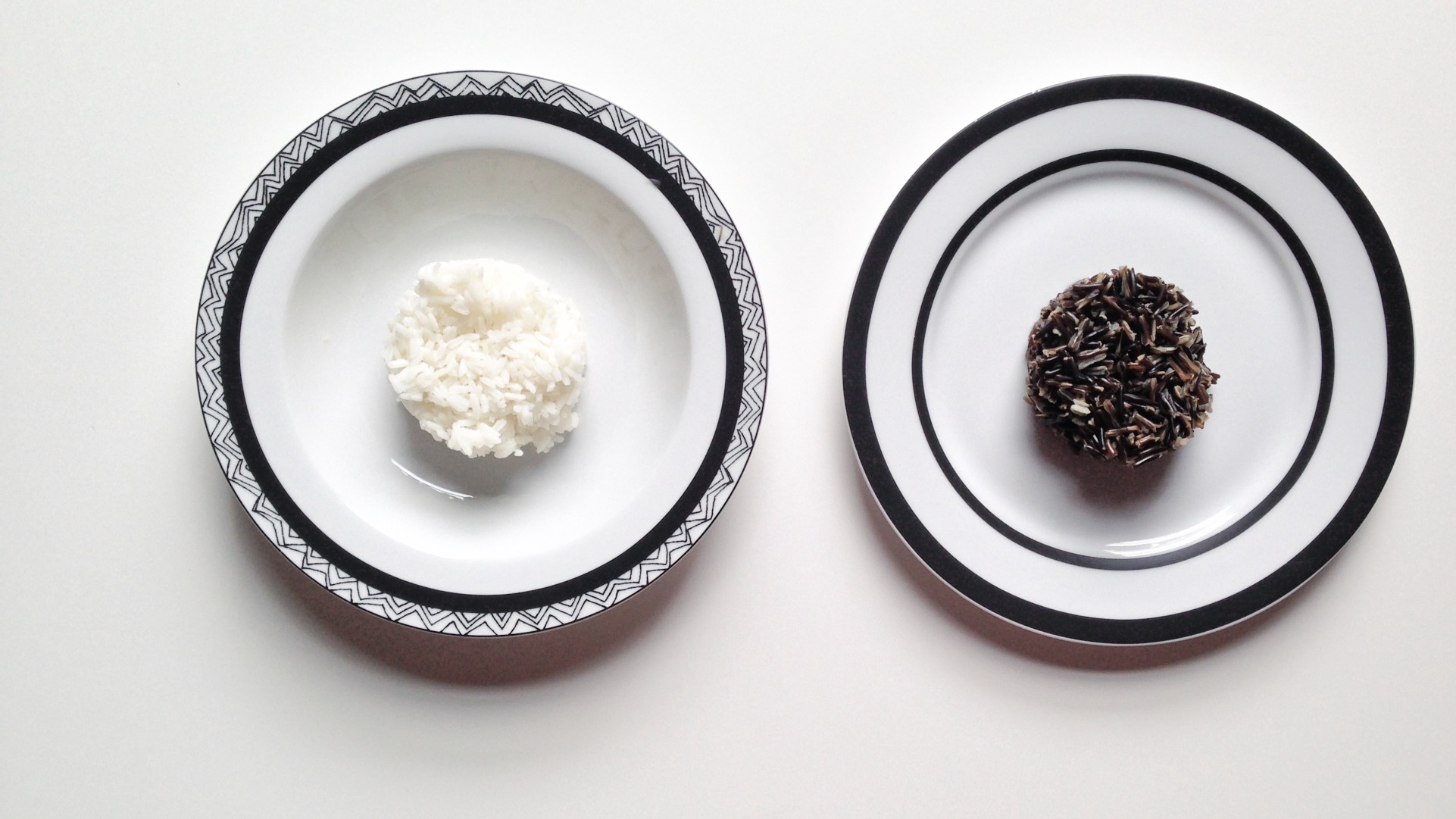White & Wild: Beyond Brown Rice
My most commonly cooked carbohydrate is rice. My parents, being from the Dominican Republic and the Islands raised me on a healthy diet of natural, farm raised protein and rice in many different combinations – rice and black beans, rice and kidney beans, rice and peas, rice and spinach, paella... the list goes on. However, now I find myself in a brown rice rut. I love it, but this weekend I actually got bored with my beloved brown rice. So to convince myself it was okay to branch out, I decided to remind myself of the benefits of the other rices I've been neglecting: white and wild.
White
White rice has been milled so the husk, germ and bran are removed, resulting in a refined product. The rice is polished, giving it a bright, white appearance, which alters the flavor, texture and appearance of the rice. It also extends the shelf life, making it less likely to spoil. Nutrients such as B vitamin thiamine are removed during process, therefore white rice is usually enriched and nutrients such as niacin, thiamine and iron are added back in.
Brown
Brown rice is not milled, which means the only layer removed is the husk. This fact accounts for the large difference in nutritional composition between brown and white rice. Brown rice contains more than 4 times more magnesium than white rice, and also contains higher levels of potassium, phosphorous, zinc and folate.
Wild
Wild rice is actually a grain – the seed of wheat grass – and contains more protein, zinc and potassium than both white and brown rices. It is also significantly higher in folate and most other B vitamins, as well.
I will soon return to brown rice. It's filling, nutritious, tasty, and it gives me amazing fuel for my more intense workouts. In the meantime, I'll continue to explore wild rice recipes, so when brown rice boredom sets in again, I have a tasty backup.

